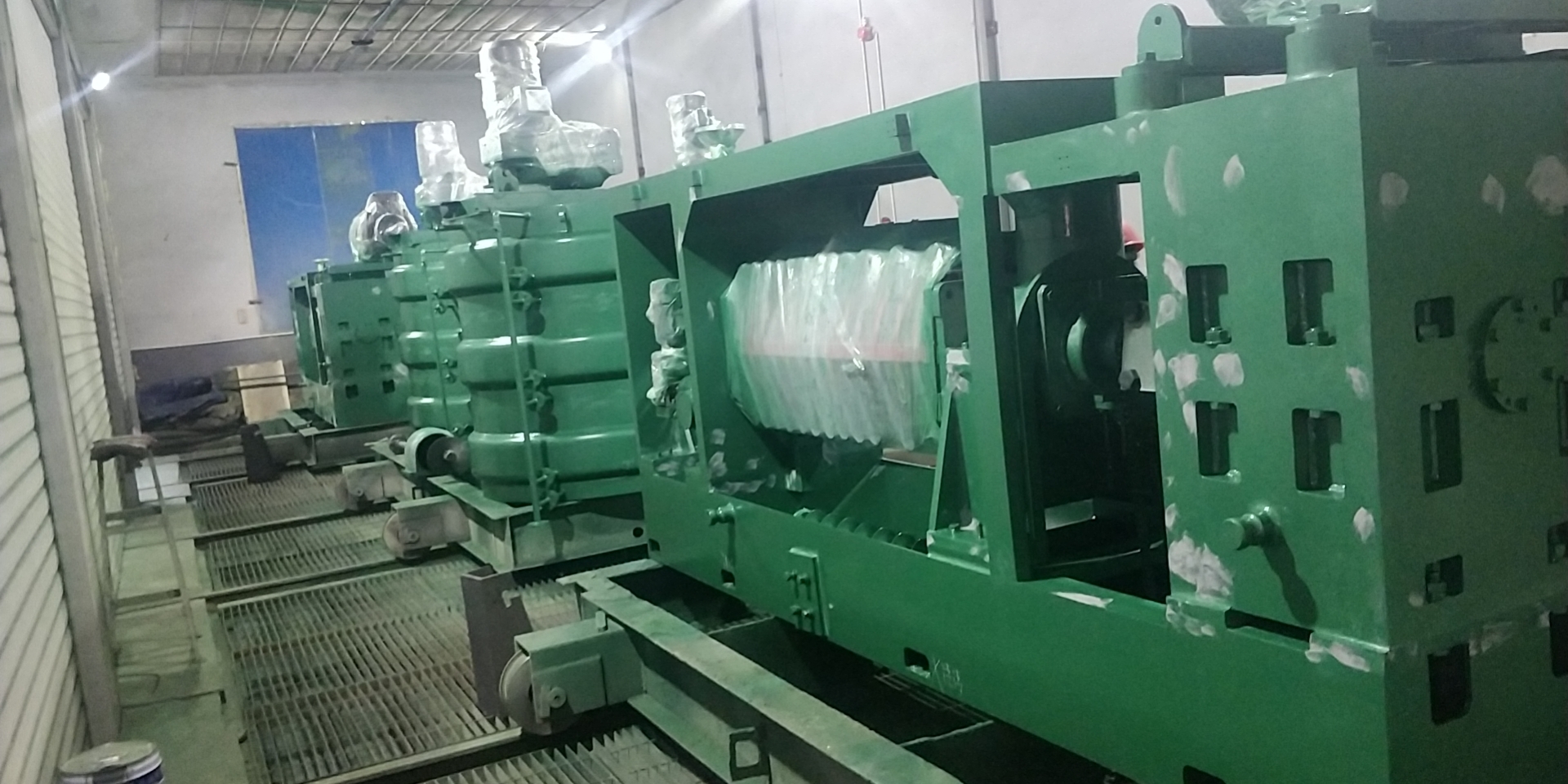The mini soybean oil plant typically consists of several essential components required to extract oil from soybeans, including cleaning, crushing, extraction, and refining stages. These plants are capable of processing relatively small amounts of soybeans (from a few tons per day to 20-50 tons per day, depending on the plant's size and configuration). Despite their smaller capacity, mini plants can produce high-quality oil that meets food safety standards.
Key Components of a Mini Soybean Oil Plant
1. Soybean Cleaning Machine:
- Purpose: To remove impurities like stones, dust, and plant debris from the raw soybeans.
- Process: Soybeans are passed through sieves, air separators, and de-stoners to ensure they are clean and ready for processing.
- Importance: Proper cleaning ensures better oil yield and reduces wear and tear on machinery.
2. Soybean Cracking and Dehulling:
- Purpose: To break the soybeans into smaller pieces and remove the hulls (outer shell) before oil extraction.
- Process: Cracking rollers break the beans, and the hulls are separated using air blowers or mechanical separators.
- Importance: Dehulling improves oil extraction efficiency by reducing fiber content and enhancing oil recovery.
3. Cooking Machine (Conditioning):
- Purpose: To heat and condition the soybean flakes, preparing them for efficient oil extraction.
- Process: Soybean flakes are heated to a specific temperature and moisture level using steam or direct heat.
- Importance: Proper cooking increases oil yield and enhances the quality of the extracted oil by making the oil in the soybean cells more accessible.
4. Soybean Oil Expeller (Pressing Machine):
- Purpose: To mechanically extract oil from the cooked soybean flakes.
- Process: The flakes are fed into a screw press, where mechanical pressure squeezes the oil out of the soybeans. This method typically extracts 70-80% of the oil.
- Importance: Mechanical pressing is a cost-effective and straightforward way to extract oil, making it ideal for small operations.
5. Solvent Extraction Unit (Optional):
- Purpose: To extract the remaining oil from the pressed soybean cake, which contains residual oil after mechanical pressing.
- Process: A solvent (usually hexane) is used to dissolve the remaining oil from the cake. The solvent is then evaporated, leaving the oil behind.
- Importance: Solvent extraction significantly increases oil yield, but it requires additional equipment and expertise, so it may not be included in all mini plants.
6. Filtration System:
- Purpose: To remove solid particles and impurities from the crude soybean oil after extraction.
- Process: The oil is passed through filters to remove any remaining solids or debris, resulting in cleaner oil.
- Importance: Proper filtration ensures that the oil is clean and of good quality before refining.
7. Mini Oil Refining Machine:
- Purpose: To refine the crude oil, removing impurities such as free fatty acids, gums, and pigments, making it suitable for consumption.
- Process: The oil goes through several refining stages, including degumming, neutralization, bleaching, and deodorization.
- Importance: Refining improves the oil's appearance, taste, and shelf life, making it suitable for sale in the market.
Mini Soybean Oil Plant Production Process
1. Soybean Cleaning: The soybeans are cleaned to remove impurities, which ensures that only high-quality beans are processed, leading to better oil output and reduced wear on machines.
2. Crushing and Dehulling: The cleaned soybeans are cracked, and the hulls are removed. The cracked soybeans are further processed into flakes.
3. Cooking: The soybean flakes are cooked at a specific temperature to release the oil and make the pressing process more efficient.
4. Oil Extraction: The cooked soybean flakes are fed into the oil press machine. Mechanical pressure is applied, extracting most of the oil from the flakes.
5. Filtration: The crude oil extracted from the soybean flakes is filtered to remove solid impurities.
6. Optional Solvent Extraction: If the plant includes a solvent extraction unit, the remaining oil from the pressed soybean cake is extracted using a solvent.
7. Crude Oil Refining: The crude soybean oil is refined through a process of degumming, neutralization, bleaching, and deodorization to remove impurities and improve its quality.
Benefits of a Mini Soybean Oil Plant
1. Cost-Effective:
- Mini soybean oil plants are less expensive than large-scale industrial plants, making them a viable option for small businesses, cooperatives, or farmers looking to process soybeans locally.
2. Small Footprint:
- These plants are compact, requiring less space compared to larger facilities, making them ideal for rural areas or small workshops where space may be limited.
3. Scalability:
- Mini plants allow for gradual expansion as demand grows. Initially, you can start with a basic setup and later add more equipment, such as a solvent extraction unit, to increase production capacity.
4. Flexibility:
- In addition to soybeans, some mini plants are designed to process other oilseeds like peanuts, sunflower seeds, and rapeseeds, providing versatility in production.
5. Ease of Operation:
- Mini soybean oil plants are designed with user-friendly controls, allowing individuals with minimal technical knowledge to operate them efficiently.
6. High-Quality Oil:
- Despite their small size, mini soybean oil plants can produce oil that meets food-grade standards, especially when equipped with refining units.
7. Faster Payback Period:
- Due to lower initial investment and operating costs, the return on investment (ROI) is typically quicker compared to large-scale oil plants.
Applications of Mini Soybean Oil Plants
1. Small-Scale Commercial Production:
- Local entrepreneurs or cooperatives can use mini plants to produce and sell soybean oil to local markets, grocery stores, or food vendors.
2. On-Farm Oil Production:
- Farmers can use a mini plant to produce oil from their own soybean crops, allowing them to add value to their harvest and sell oil as an additional product.
3. Community Projects:
- Communities or agricultural cooperatives in rural areas can set up mini oil plants to produce cooking oil for local consumption, promoting food self-sufficiency.
4. Specialty Oil Production:
- Mini plants can be used to produce specialty oils for niche markets, such as organic or non-GMO soybean oil, catering to consumers looking for healthier, natural products.
A mini soybean oil plant is a small-scale facility designed to process soybeans into oil, catering to entrepreneurs, small businesses, or farmers who want to produce oil for local consumption or small commercial operations. Mini plants are cost-effective, compact, and easier to operate compared to large-scale industrial oil extraction plants, making them a great choice for those looking to enter the oil production industry on a smaller scale.


.jpg?x-oss-process=image/resize,m_fill,h_300,w_300/format,webp)











.png)


